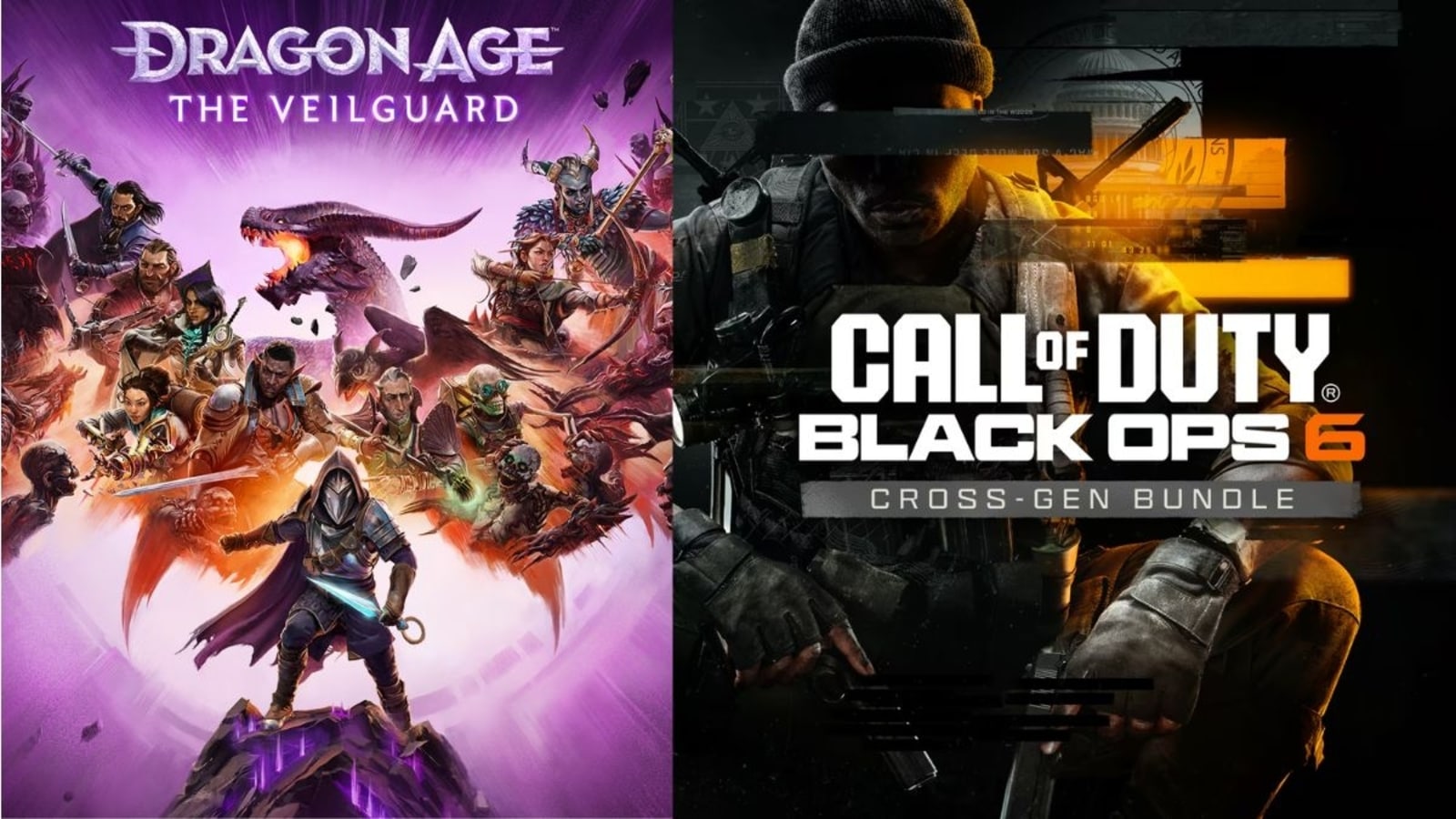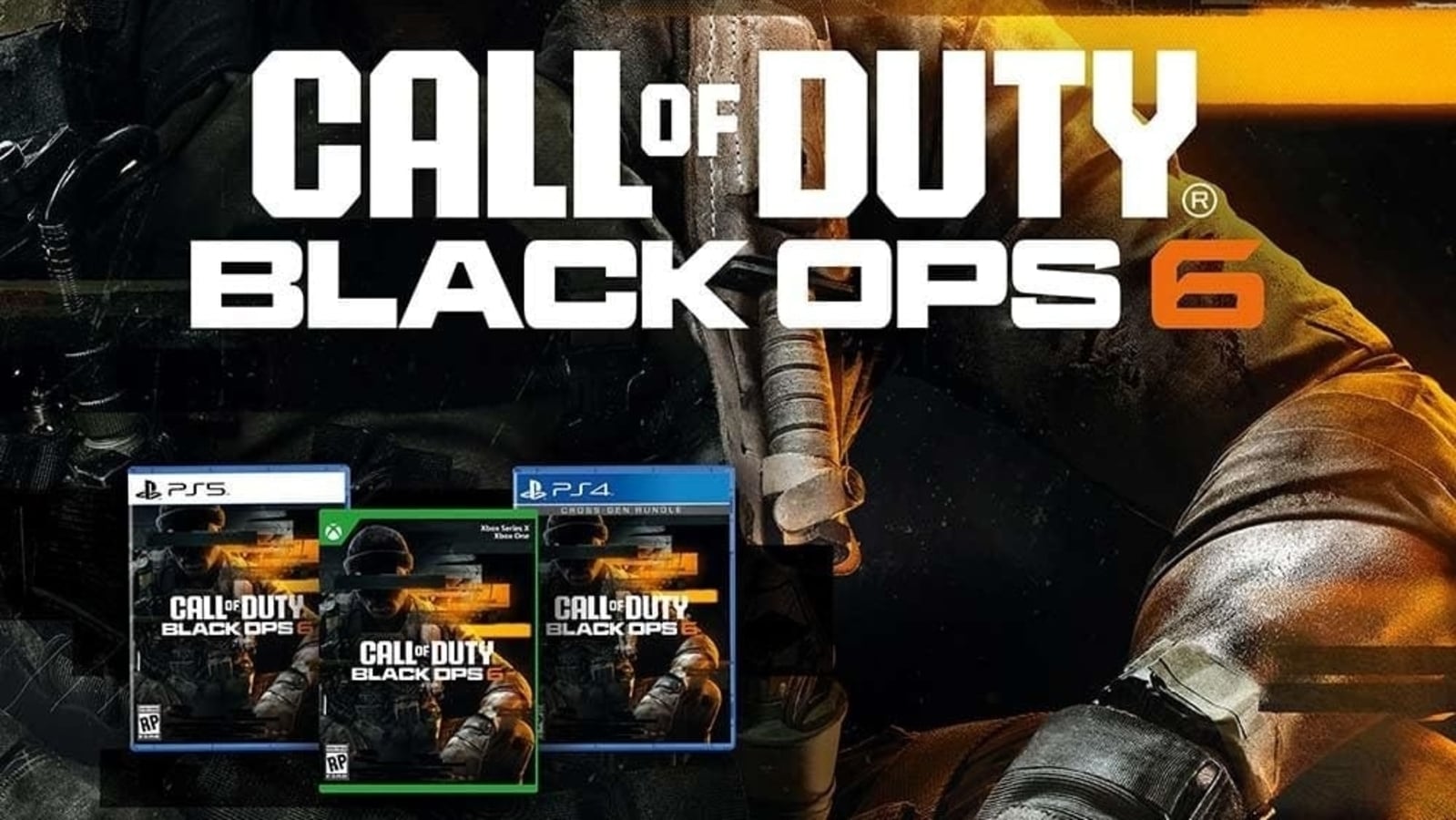“National Democrats have been known not to make very good strategic decisions over the years,” said Ryan in an interview with The Washington Post. “There’s a frustration among the rank-and-file Democrats that the leadership doesn’t quite understand where we want this party to be.”
In the final weeks of the midterms, super PACs and other outside groups aligned with both parties are forced to make difficult decisions about where to spend their cash on television ads and other advocacy to boost preferred candidates. The considerations are especially complex this fall, with Democrats defending a narrow Senate majority across a landscape that features several close races in expensive states.
Ryan said his campaign has shown that Democrats can still attract working-class voters who have turned away from the party in recent elections, and questioned why Democratic leaders “don’t smell blood” and come into the state to help defeat Vance.
“We have 350,000 donors,” Ryan said. “Those are the people that are frustrated.”
Vance and Ryan won their respective nominations on May 3, and since then, Ryan-aligned groups have been dramatically outspent by Vance-aligned groups, according to data from AdImpact, which tracks such spending. Senate Majority PAC, the main Democratic outside spending group for Senate races, has not spent any money in Ohio, though several other organizations have collectively spent seven figures on Ryan’s behalf, according to the data.
But a flood of outside Republican money brought both sides to a roughly even overall spending fight, with the campaign’s own ad investments taken into account. Ryan’s campaign, which has far outpaced Vance’s in fundraising, has spent or reserved far more than Vance, according to the AdImpact data.
The majority of the outside GOP spending is from the Senate Leadership Fund, a super PAC aligned with Senate Minority Leader Mitch McConnell (R-Ky.), which has spent or reserved about $30 million through Election Day, according to the AdImpact data. For Republicans who can ill-afford to give up a seat they have controlled as they pursue a Senate majority, there is agreement across the party that they must win in Ohio.
As races that major Democratic groups have funded tighten, Ryan and his allies said the Ohio race represents a real opportunity to flip a Senate seat held by Republicans. They voiced worry that the party’s recent history of losses in the state is holding the national party back from seizing a chance at an upset.
Ryan’s allies pointed to Senate contests in North Carolina and Wisconsin where Senate Majority PAC has spent $15 million and 17 million respectfully. Those races are also pickup opportunities with polls showing similarly competitive contests. Another top pickup possibility for Democrats is Pennsylvania where Senate Majority PAC has poured in $42 million. Polls show the Democratic candidate there leading.
Ryan’s campaign manager David Chase recently raised his concern on social media. “@TimRyan has defended his lead,” Chase wrote. “PA is now the only D pick up polling better than us.”
J.B. Poersch, who heads Senate Majority PAC, said in a statement that Ryan is “running a remarkably strong campaign” and is “putting Republicans on defense.”
He added that the committee’s spending plan remains fluid. “We’re going to continue making strategic, effective decisions that put us in the best position possible to accomplish our mission: defending our Democratic Senate majority.”
For many Democrats, Ohio represents a trap of sorts, a Lucy-and-the-football state where the party has tried over and over again to win in recent years, only to come up short. Hillary Clinton lost in 2016 there by about eight percentage points. Joe Biden lost Ohio by a similar margin in 2020, despite a last minute push that included a whistle stop train tour that began in the state.
Although Sen. Sherrod Brown (D-Ohio) has posted what the party views as an impressive string of wins in the state, other Democrats have not been able to repeat his formula. Making matters more complicated for Ryan, the Democratic gubernatorial nominee this year, Nan Whaley, is polling well behind — suggesting that to win, Ryan would need GOP voters to split their vote.
“Ohio is the battleground of the past,” said Morgan Jackson, Democratic strategist based in North Carolina. He argued that North Carolina shows a better trend line for Democrats, as the electorate is growing and adding more college educated voters who tend to back Democrats. “Every year North Carolina gets a little bluer.”
Beasley’s campaign noted that Donald Trump won North Carolina by under two points, a showing that marked his narrowest margin of victory of any state he carried, and pointed to Beasley’s previous statewide wins in judicial races. Barnes’s campaign pointed to some public polls showing his race is a dead heat there and argued that he has the capacity to excite voters who do not typically turn out in midterms.
Sen. Gary Peters (D-Mich.), who chairs the Democratic Senatorial Campaign Committee, called Ryan “an absolutely phenomenal candidate” who “needs resources,” in a recent interview with MSNBC’s Rachel Maddow, who pressed him on why the national party isn’t putting more money in the race.
Greg Schultz, an Ohio native who managed Biden’s 2020 presidential campaign, said that Ohio has “broken a lot of people’s hearts many, many times.” Yet he argued there’s an opportunity for Democrats in the race. Schultz said it would help if a Democratic group would be “buying out at saturation” Ohio TV ads with contrast spots. That would allow Ryan to shift his resources to all positive advertisements.
Vance earned Trump’s endorsement in a crowded GOP field in the spring. But he struggled over the summer to consolidate support and remained bruised by ads funded by GOP rivals in the primary that showed him making negative comments about Trump in the past. Before shifting to embrace the former president, Vance had described himself as a “Never Trump guy” and said Trump’s plans ranged “from immoral to absurd.” Vance’s team has said they repaired fissures from the primary and feel confident Trump backers will come out.
Failing to help Ryan sends a larger message that Democrats are giving up on the state, according to some in the party. “I worry that Democrats in Washington send a signal to Republicans, that if they come in big and attack a Democrat, Democrats walk away,” said David Pepper, a former chairman of the Ohio Democratic Party.
Ryan’s not-so subtle requests for more outside help from Democrats could threaten to undermine one key strength of his candidacy: His independence from the Democratic Party.
On Monday night during the second and final Ohio Senate debate, Vance attacked him for his entreaties. “The guy who’s subservient to the national party is Tim Ryan, who has been begging for these guys to come into this race and save him from the campaign that he’s been running,” Vance said from the debate stage.
Ryan later retorted that Republicans have put millions behind Vance. “J.D., what do you think they want for that? They want your loyalty.”

























